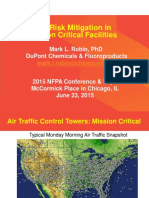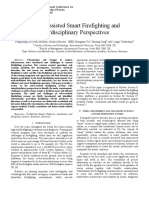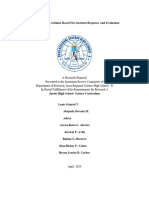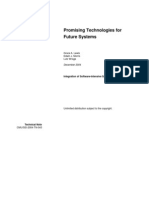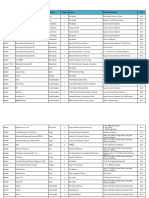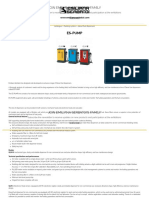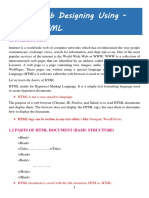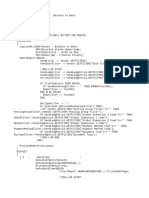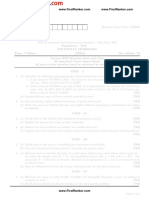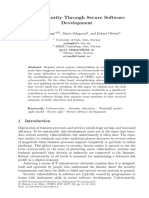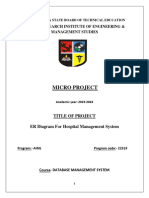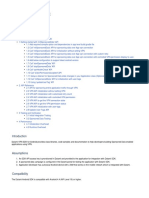0% found this document useful (0 votes)
103 views10 pagesResearch Roadmap For Smart Fire Fighting: NIST Special Publication 1191
This document provides a summary report of the Research Roadmap for Smart Fire Fighting. It outlines a vision for the future of fire protection and firefighting using cyber-physical systems. These systems use sensors and wireless communication technologies to collect and share data from firefighters, equipment, and buildings. This will help improve situational awareness and decision making during emergency responses. The document identifies technical challenges and outlines steps to develop smart firefighting over time through continued research.
Uploaded by
pvsreddy2002Copyright
© © All Rights Reserved
We take content rights seriously. If you suspect this is your content, claim it here.
Available Formats
Download as PDF, TXT or read online on Scribd
0% found this document useful (0 votes)
103 views10 pagesResearch Roadmap For Smart Fire Fighting: NIST Special Publication 1191
This document provides a summary report of the Research Roadmap for Smart Fire Fighting. It outlines a vision for the future of fire protection and firefighting using cyber-physical systems. These systems use sensors and wireless communication technologies to collect and share data from firefighters, equipment, and buildings. This will help improve situational awareness and decision making during emergency responses. The document identifies technical challenges and outlines steps to develop smart firefighting over time through continued research.
Uploaded by
pvsreddy2002Copyright
© © All Rights Reserved
We take content rights seriously. If you suspect this is your content, claim it here.
Available Formats
Download as PDF, TXT or read online on Scribd
/ 10








